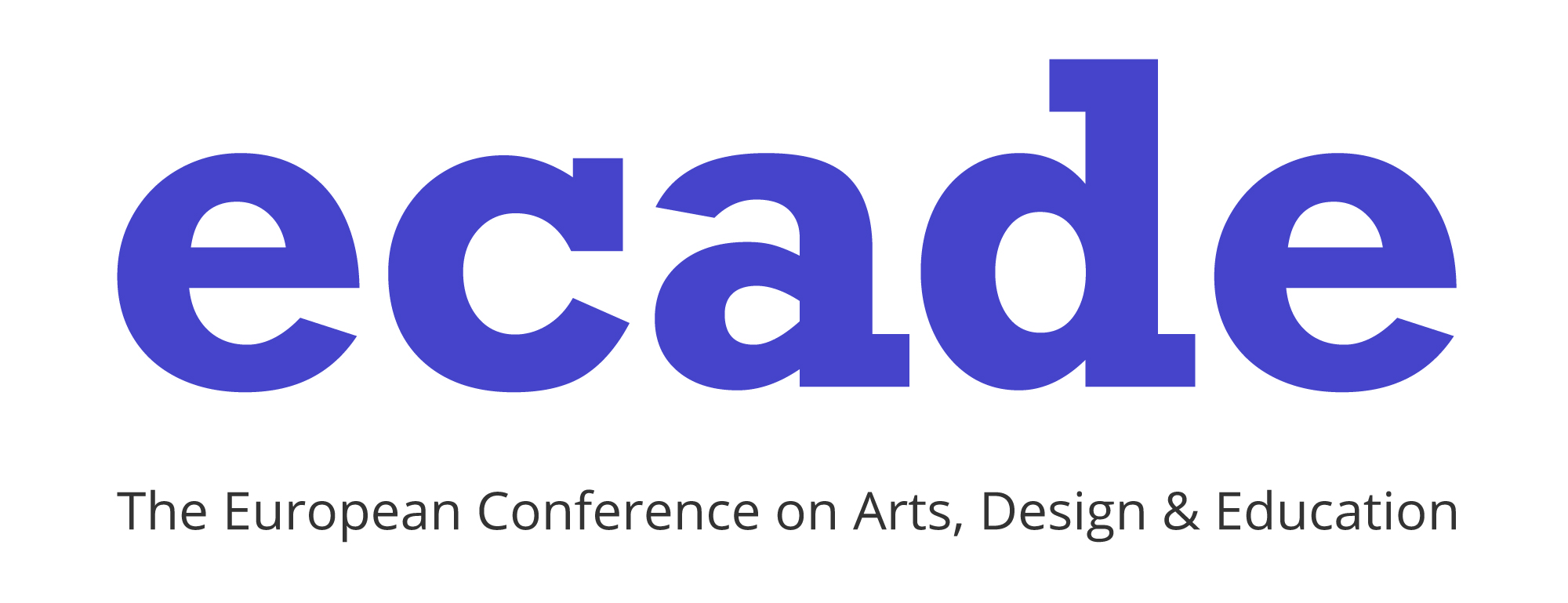If your abstract has been accepted, and you presented the work at ECADE (including Virtual Presentations), you are encouraged to submit a full paper via the online submission system for inclusion in the Conference Proceedings.
The Conference Proceedings are published online in a PDF format on the IAFOR Research Archive. Conference Proceedings are published with an ISSN and a DOI.
IAFOR Conference Proceedings are Open Access research repositories that act as permanent records of the research generated by IAFOR conferences. Please note that works published in the Conference Proceedings cannot be considered for publication in IAFOR journals.
Corresponding Authors should upload their final papers through the online submission system by August 10, 2022, having thoroughly checked it for errors and formatted it according to the Submission Guidelines below.
Important
- IAFOR does not accept final papers submitted by email.
- The full article must be submitted as a MS Word file in DOC or DOCX format (PDF format is not accepted).
- Before submitting your paper, please ensure that the English used is clear, concise and coherent. This is especially important if English is not your first language.
Submission Guidelines
Download the Final Paper Guidelines and carefully follow the formatting guidelines.
Please format your Conference Proceedings paper according to the following guidelines, style checklist and paper template, and submit it through the online submission system. Papers that do not follow these guidelines will be returned for editing.
Article Structure
Please use the article structure outlined below.
Style Checklist
- The document page size is set to A4.
- All pages are portrait layout.
- The margins are set to: Top and bottom – 2.54cm; left and right – 2.54cm (Microsoft Word "Normal").
- The font is set to 12-point Times New Roman.
- All paragraphs and body text are justified and single-spaced.
- One blank line separates paragraphs or sections. Indented paragraphs are not used.
- The manuscript is 1,000-5,000 words (excluding abstract, tables, figures, and references). If the manuscript does not follow the recommended word length, it will be returned for editing.
- Main headings, subheadings, and sub-subheadings are formatted following the example in the Paper template. No more than three levels of headings are included.
- All figures and images are inserted in a JPEG image format within the page margins.
- All figures and images are left-aligned. No loose objects such as arrows, lines or text boxes are present.
- All figures and images have a number and caption above them (Figure 1: Caption), centre aligned.
- Tables have been created within the Microsoft Word document and fit onto one A4 page (portrait).
- Tables have a number and caption above them (Table: Caption) and are centre aligned.
- All section/paragraph headers are bold and left aligned.
- Page headers, footers, and page numbers are not included.
- Footnotes are used sparingly. Footnotes have been inserted using Word’s footnote function and use Times New Roman 10-point font and are indented on the left.
- A title page is at the start of the paper and includes: Title of the paper, Author List, Abstract, and Keywords
Ethical Conduct
IAFOR takes ethical conduct very seriously, and considers any form of plagiarism unacceptable. IAFOR follows guidelines from the Committee on Publication Ethics (COPE) in relation to conference submissions and publications. Papers that contain redundant publication (reusing one's own writing verbatim or in a substantially similar form) or plagiarism (using another author's writing without attribution) will be rejected without further review, and additional action will be taken as appropriate. To verify compliance, submissions may be checked by Crossref Similarity Check and other originality or duplicate checking software.
The Use of Generative AI and AI-assisted Technologies
IAFOR follows Elsevier's AI author policy for use of generative AI and AI-assisted technologies in writing. Authors are allowed to use generative AI and AI-assisted technologies in the writing process before submission, but only to improve the language and readability of their paper and with the appropriate disclosure. This does not apply to the use of basic tools for checking grammar, spelling, references etc.
